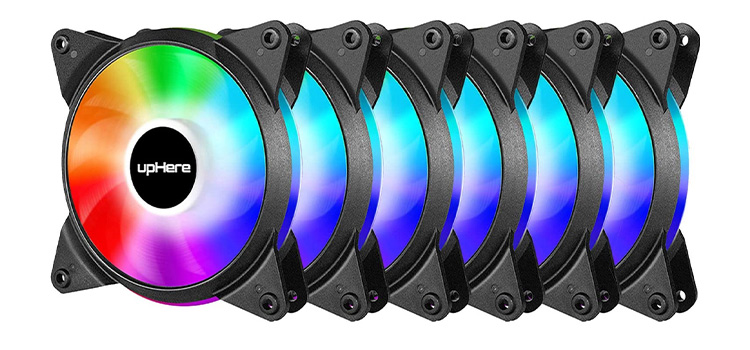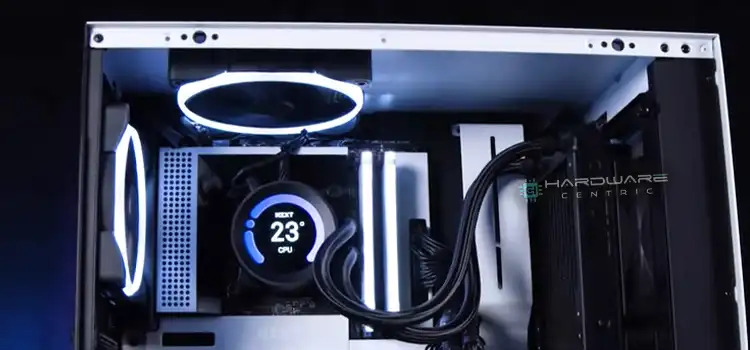CPU Opt vs CPU Fan | What’s The Difference?
CPU fan is the primary fan of your CPU system. After that, the additional fan you will install is the CPU optional. So, the header you will find on the motherboard is known as the “CPU Opt” which is the point for fixing an extra cooling fan.
Not only this, CPU opt and CPU fan has different purposes and methods of functioning. If are new to these words or want to know further to remove the confusion, this article will surely guide you to choose the right one to solve your problem.
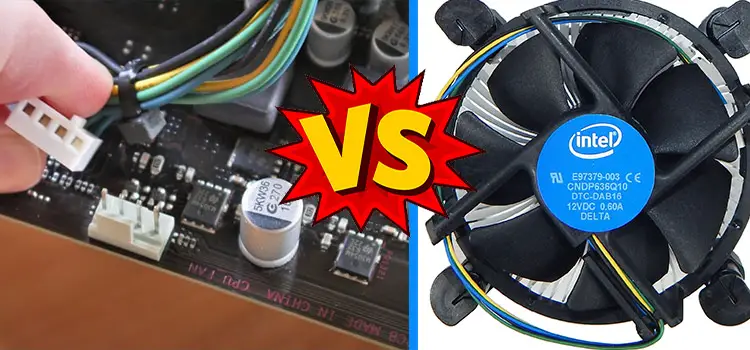
CPU Opt vs CPU Fan – Which One Does What?
Usually, it is very common to be confused between these two. Firstly, we have to know the functions they perform.
What Does a CPU Fan do?
CPU fan is the most important header for the motherboard. The BIOS software, NZXT CAM, and HW Monitor need this fan to regulate the CPU temperatures.
As it is the main fan, it has a vital role in controlling the thermal status inside the CPU. Generally, it increases its speed according to the increasing load. Moreover, it controls the hot air flow inside the processor. And that helps much in colling.
And somehow, if your fan is failing, the BIOS will not allow the PC to start up. If it starts, the CPU Will instantly overheat and burn out. Besides, somehow if this fan faces any malfunction or power disconnection, you will face an automatic shutdown from the fan header.

Where CPU Opt is Used
CPU optional which is called CPU opt, is basically an ‘optional fan‘ to be used and this is not a must in every PC that is built. Thus, its work is only to be used as a second fan or a flowmeter. It is specially used with larger heat sinks just like water-cooling pumps or liquid coolers.

Differences Between CPU Opt and CPU Fan
It is clear by now that both of them are your motherboard’s fan header, and they are designed to connect both your system and cooling fans. But there are some differences that make them slightly different from each other. So, without any more delay, let’s have a look at them –
| CPU Fan | CPU Opt |
| It gives power to the main CPU cooler. | It gives power to the additional cooling systems. |
| It affects the system boot straightforwardly. | It never affects the system boot. |
| It does not allow to use of a splitter to flow the power elsewhere. | It allows using of a splitter to flow the power to several devices. |
| It has a straightforward connection to BIOS. | It does not have any connection to BIOS. |
| It is the standard fan connection. | It is the secondary fan connection. |
Now that you have a basic idea about the differences, it is time to focus on the major ones.
Providing Power
CPU fan is made to power the CPU cooler but the CPU opt bears the primary focus on powering the extra cooling system of the CPU cooling.
Connection
CPU fan ensures a direct connection to the BIOS. So, it can easily affect the PC boot and shutdown. However, the CPU opt connects with the 4-pin fan header. So, it does not influence the PC shutdown. 3 pins can also do the same but speed control will not be possible. As a result, the fan will run at the highest speed all the time.
Importance
As the CPU fan is the primary choice, it is fixed just over the CPU heatsink. On the other hand, CPU Opt comes in the need of a second fan or a radiator cooler. You will never need the opt if you bear multiple fans on the cooler.
CPU Opt Fan Not Spinning
The very first solution is, completely shut down the PC. Find the power option and press and instantly press the F2 button. So, you can enter into the setup of BIOS. Next, press the F9 for resetting the BIOS, then press ESC or F10. You will find an option named “save and exit”. Select it and finally press enter. Your fan should work now.
Frequently Asked Questions (FAQs)
Can I plug the CPU fan into CPU Opt.?
You can. But experts suggest that you should connect the fan in its right place, which means, in the CPU fan header. But if you plug it into CPU opt, it will surely work. Usually, the CPU opt, the header is used for the cooling reservoirs that are liquid or pumps.
What Is a Good CPU Temperature?
The range of temperature in the CPU is from 150 degrees to 160 degrees Fahrenheit (on a Celsius scale, it is 65 degrees to 70 degrees) when you are using software or playing games.
Should I Enable CPU Fan Warning?
We always recommend you keep the CPU fan fail option disabled and enable the “CPU Smart Fan” option. Then CPU fan will rotate with the rising of the CPU temperature. The more the temperature will increase, the speed of the rotation will also increase.
What if the CPU Fan Stops Working?
CPU cannot run without any CPU fan. If the CPU fan stops functioning, the CPU will get so hot, as a result, it will destroy itself. You will find them all inside components fried.
Can a CPU get too cold?
CPU can tolerate cold temperatures. But the AMD Athlon 64s can get the problem named “Cold Bug” at the temperature of minus 40 degrees Celsius. Besides, silicon-on-insulator properties can be changed and make disturbance of the normal transistor operation.
Conclusion
To sum up, the CPU fan is the main component to defend the BIOS and overall CPU. It makes the shutdown. On the other hand, CPU opt is only urgent when your heat sink is comparatively larger.
Subscribe to our newsletter
& plug into
the world of PC Hardwares
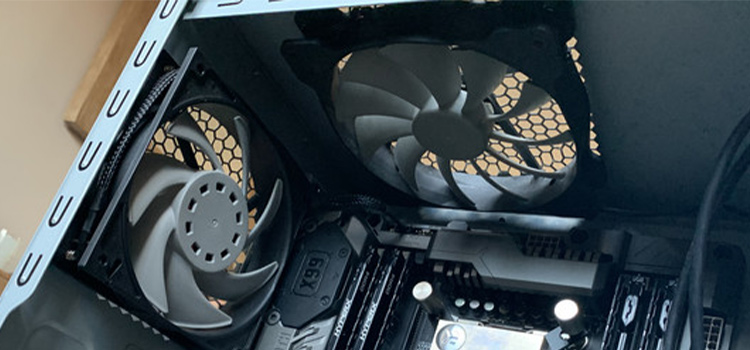
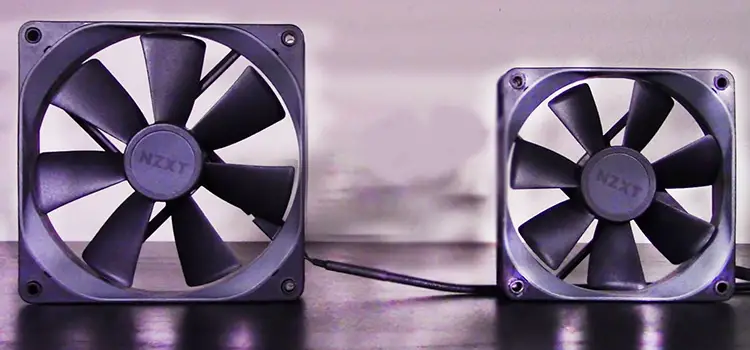
![[8 Fixes] H100i Pro not Detected in iCUE Application](https://www.hardwarecentric.com/wp-content/uploads/2023/09/H100i-Pro-not-Detected-in-iCUE.webp)

